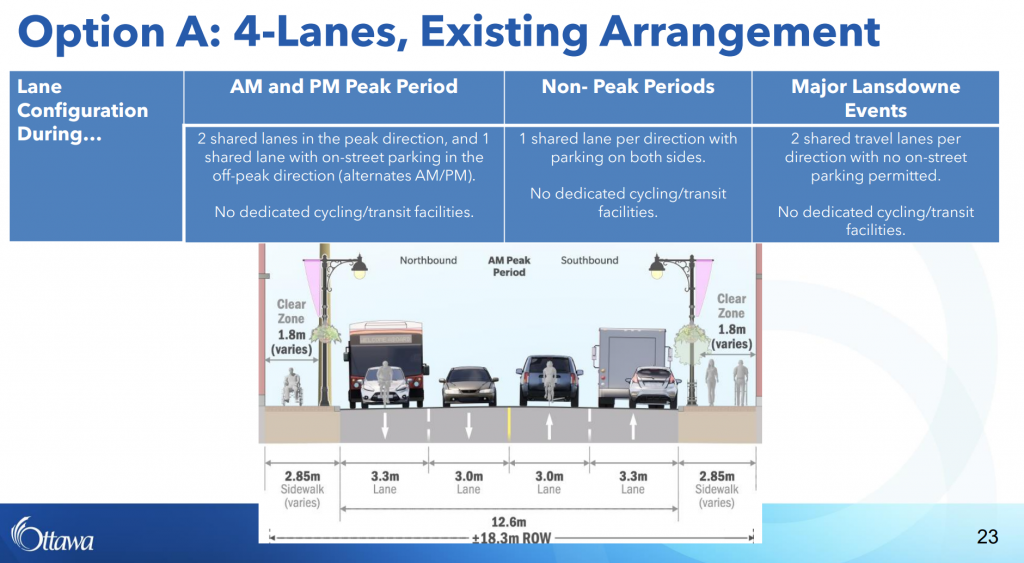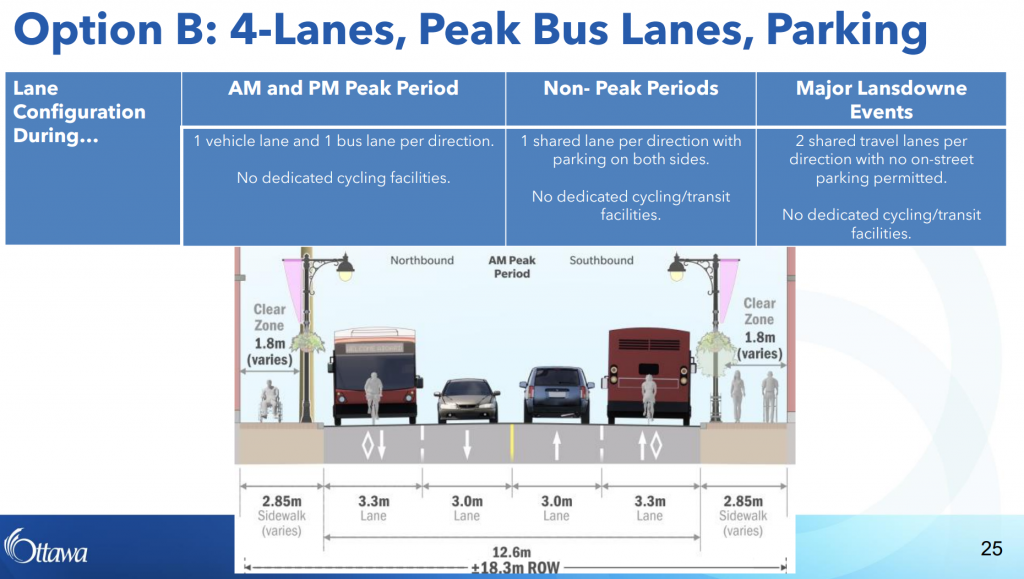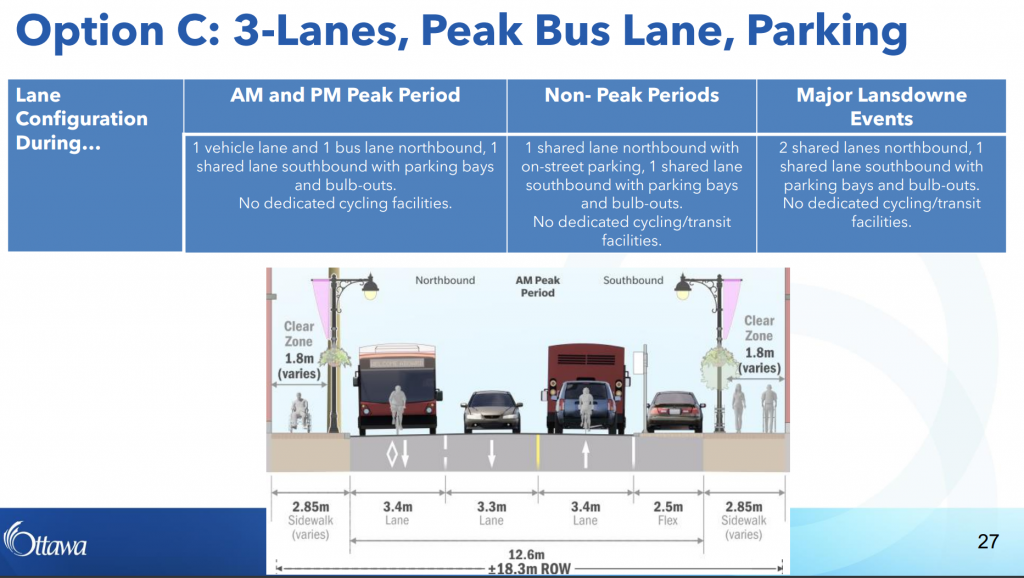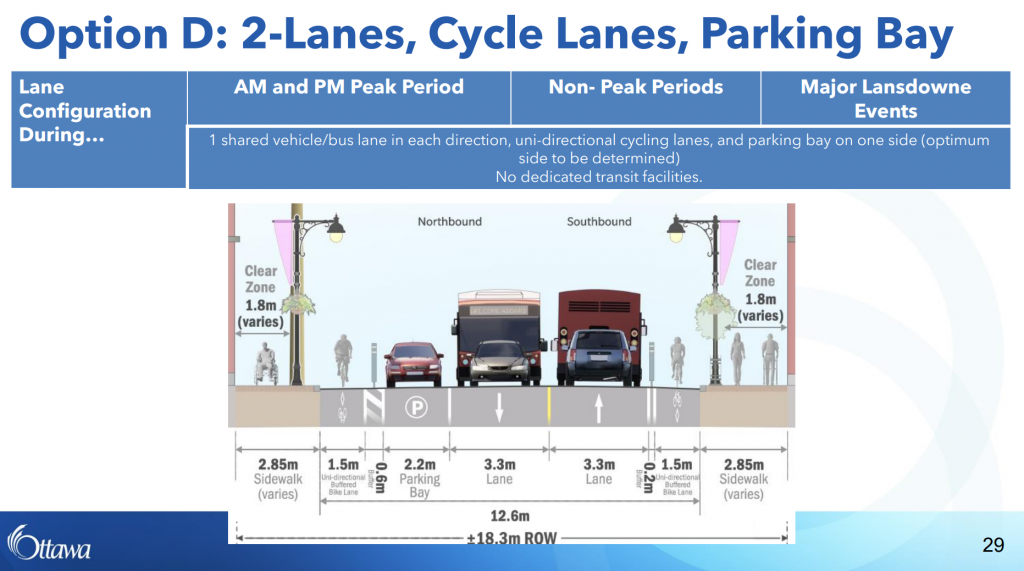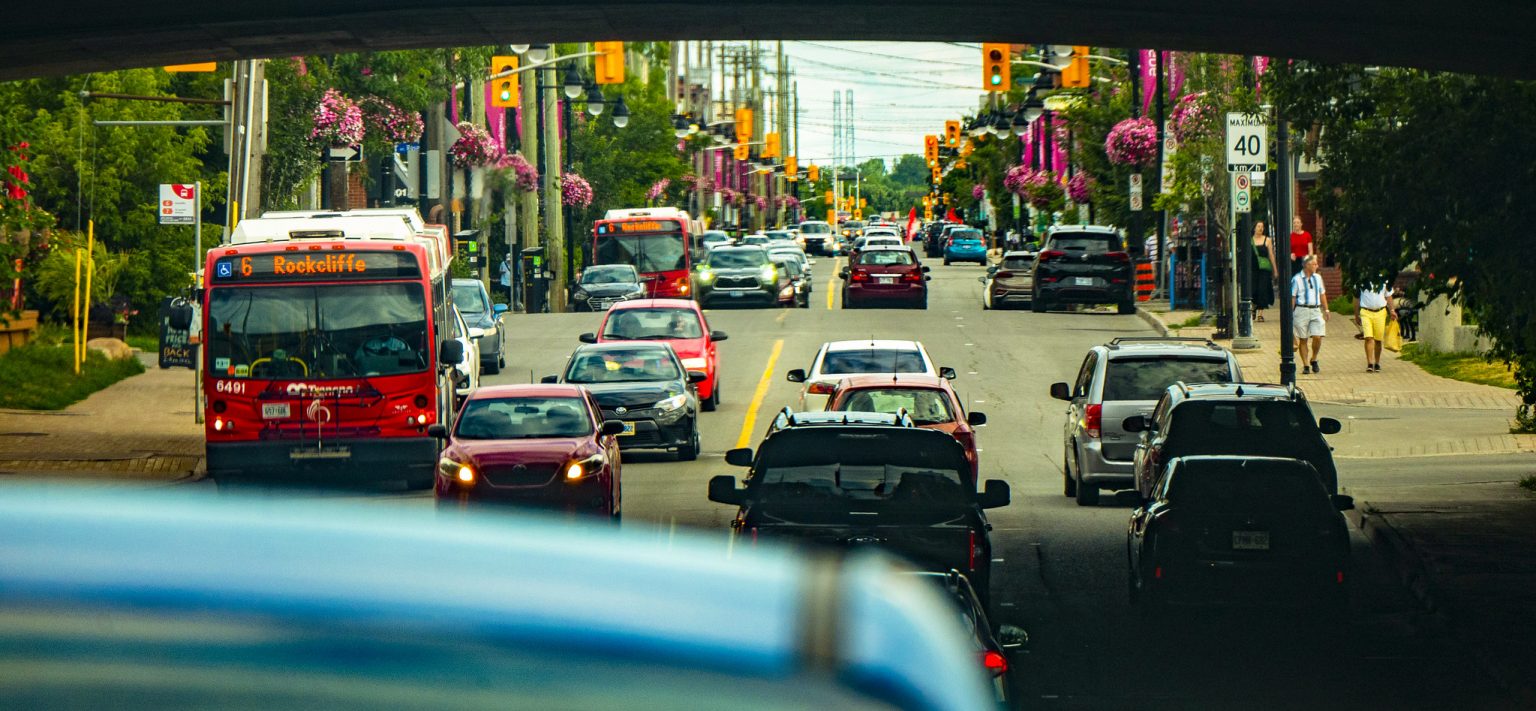
The Current Problems
The city is currently studying options for how to make Bank Street better, but none of their options seek to push the status quo that got us into the mess we're in.
With lots of development planned in the surrounding neighbourhoods in the coming years we need to make sure that we're setting ourselves up for success.
If you've been to Bank Street recently, especially during peak hours, you know that it's not a great experience no matter how you decided to get there:
- Drivers face constant traffic
- Bus riders endure delays as buses pull in and out of traffic
- Pedestrians navigate narrow sidewalks
- Cyclists avoid Bank Street due to safety concerns
The source of most of these issues is the on-street parking. It causes traffic, takes up over 50% of the road width (6.6m of 12.6m), and creates dangerous situations.
Our Simple Solution: Dedicated 24/7 Bus Lanes
A simple change could make for a much better Bank Street: instead of only having bus lanes for 2 hours in the morning and 2 hours in the evening, let's have them 24/7! The on-street parking should be moved to the plethora of options available surrounding Bank Street.
Why Dedicated 24/7 Bus Lanes?
- Improved travel time for buses that are often stuck behind single occupancy vehicles, leading to better trust in the transportation system and lower operating costs as a result of less time wasted sitting in traffic
- Improved throughput as bus lanes can carry many more people per hour than car lanes
- Bus lanes can also be used as a bike lane, and reduces "dooring" instances for bikers
- Studies show businesses do better on streets where on-street parking is converted to alternative modes of transportation
- Simpler to understand for users, leading to fewer tickets for drivers (studies show temporary lanes lead to very few improvements for buses as cars are often left parked in their lanes)
- Daylighting allows for better pedestrian and cyclist safety as well as cars that turning onto Bank from perpendicular streets
- Reduction of congestion caused by parallel parking (see videos below)
Parallel parking causing traffic backup
Additional parking congestion example
The People Have Spoken and They Want Bus Lanes Too
The city conducted a study to ask how people get to Bank, how far they’d be willing to park if they drove, and what things they wanted to see done with the space.
There was a resounding response that wanted more space for people, whether it be bus lanes, bike lanes, wider sidewalks, more patio space/trees, with the least picked options being a lane for parking and a lane for driving.
After analyzing the data it is clear to us that the majority of people want to see this space used for better means than parking private vehicles.
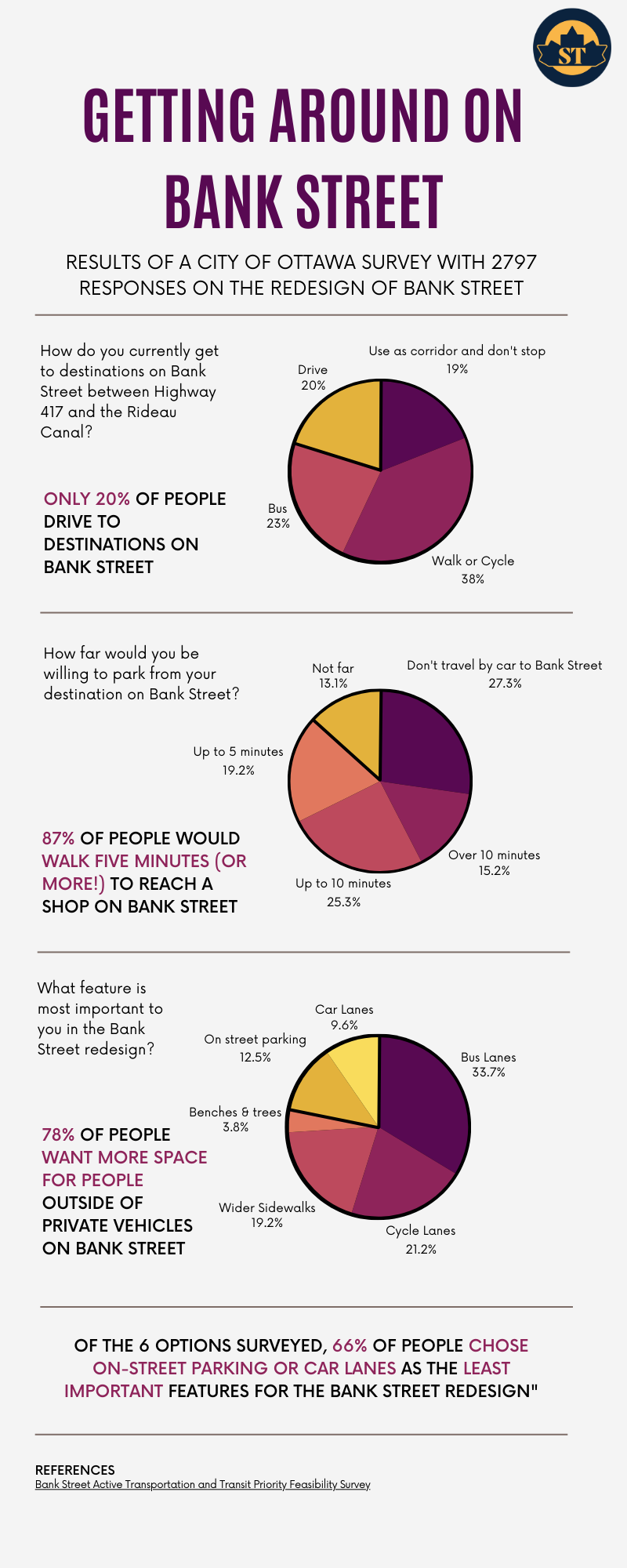
Where Is Everyone Parking?
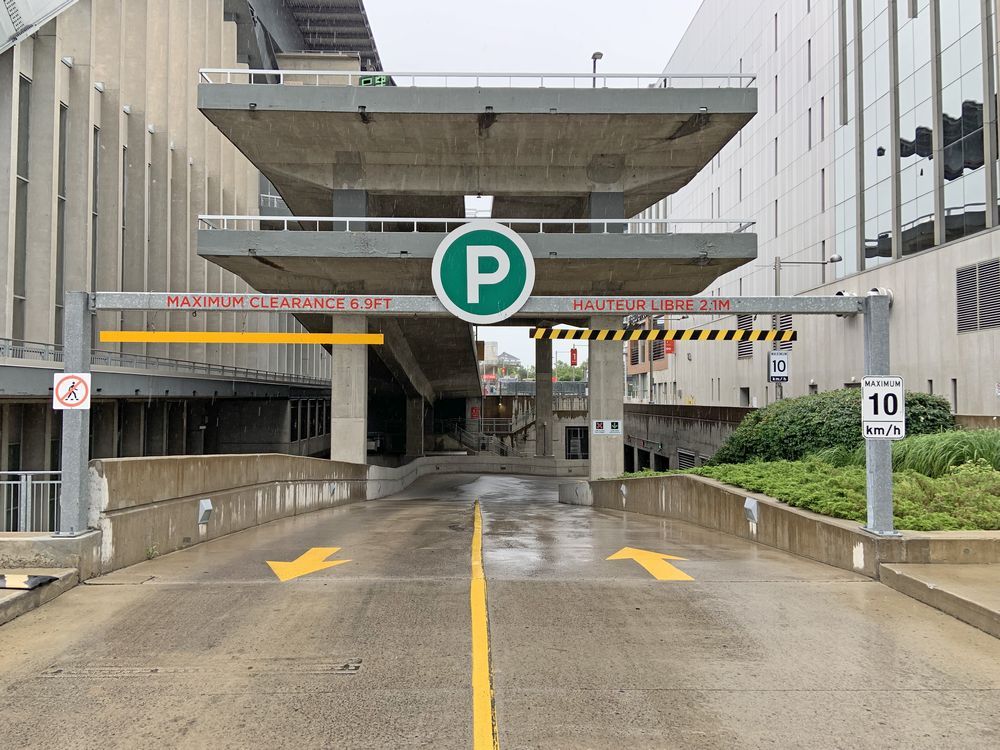
Lansdowne Parking Garage
1000+ spots
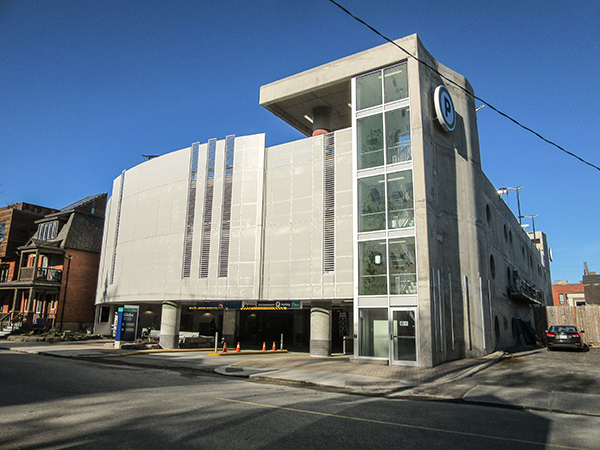
Glebe Parking Garage
139 spots
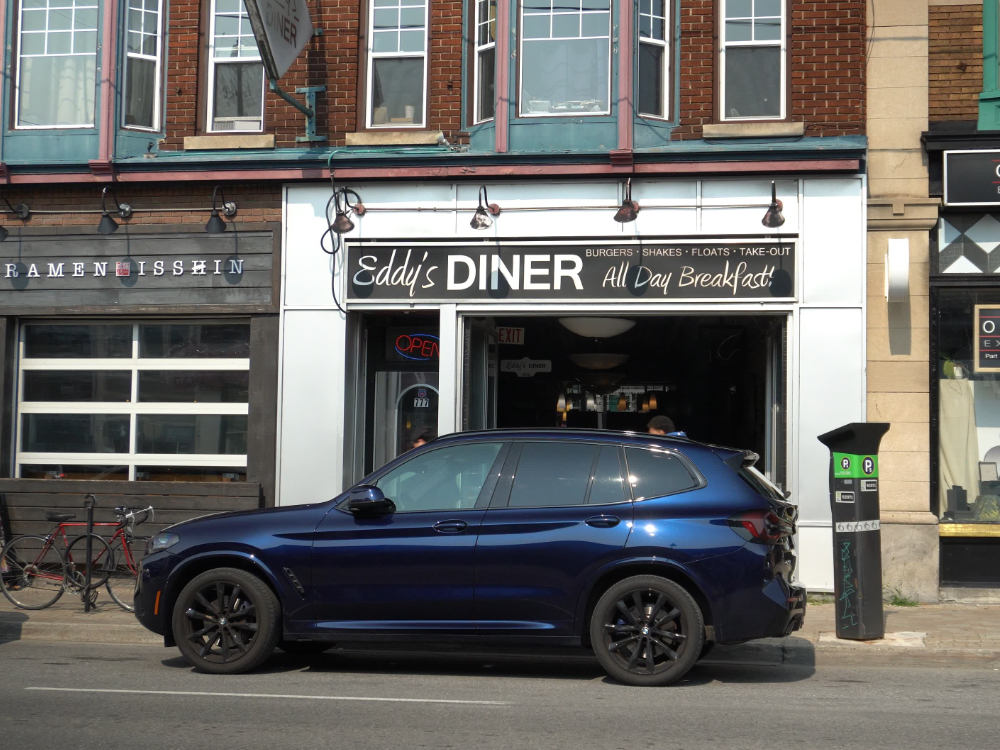
Street Parking
143 spots
Only accounts for 7% of all parking near Bank Street
Given that there are plenty of underused parking spots available in the surrounding area, it makes sense to move the parking to those other locations to free up such vital space in an extremely important corridor for our city.
Businesses also are not typically benefiting from having a parking spot right in front of their store, as they can typically only fit one car per business. Many businesses will have many more people than that at a time, many studies show businesses over-estimate how many of their customers arrived by car. Given how little on-street parking is available per business it’s also safe to assume that you already are not able to park right in front of the business that you’re visiting with the current on-street parking situation anyways, so not much will change for your average shopper.
Bank is both a very important destination, but also an important road for moving people through it. The bus lanes would help make both of those purposes better, and would help push Bank in a positive direction for people living nearby, commuters passing through, business owners, and every type of transportation mode.
At a time when our ridership numbers are falling due to service cuts we need to take the easy wins that help instill confidence in our system, bus lanes are a simple step in this direction that have been shown time and time again to help improve travel times. This would give people a choice in how they get around their city. They could choose to leave their car at home and take public transit as an option, alleviating congestion from the rest of the people who might still prefer to drive.
What the City Is Proposing?
In our opinion, the city has presented the public with options that have no ambition.
None of the options are willing to move all of the parking off-street to the alternative options permanently. Trying to fit everything into a narrow road like Bank is what got us into this mess in the first place. Given that there are plenty of alternative parking options, and that we cannot destroy all of the businesses to widen the road, we have to prioritize the most important aspects of the street.
Widening sidewalks to provide a pleasant pedestrian experience would be at the top of the list given how narrow it is and how important this area is for shopping. Acknowledging how important of a N-S road Bank is, 24/7 transit lanes allow for more throughput while prioritizing pedestrian safety by encouraging safer modes of transportation.
Our Short Term Proposal
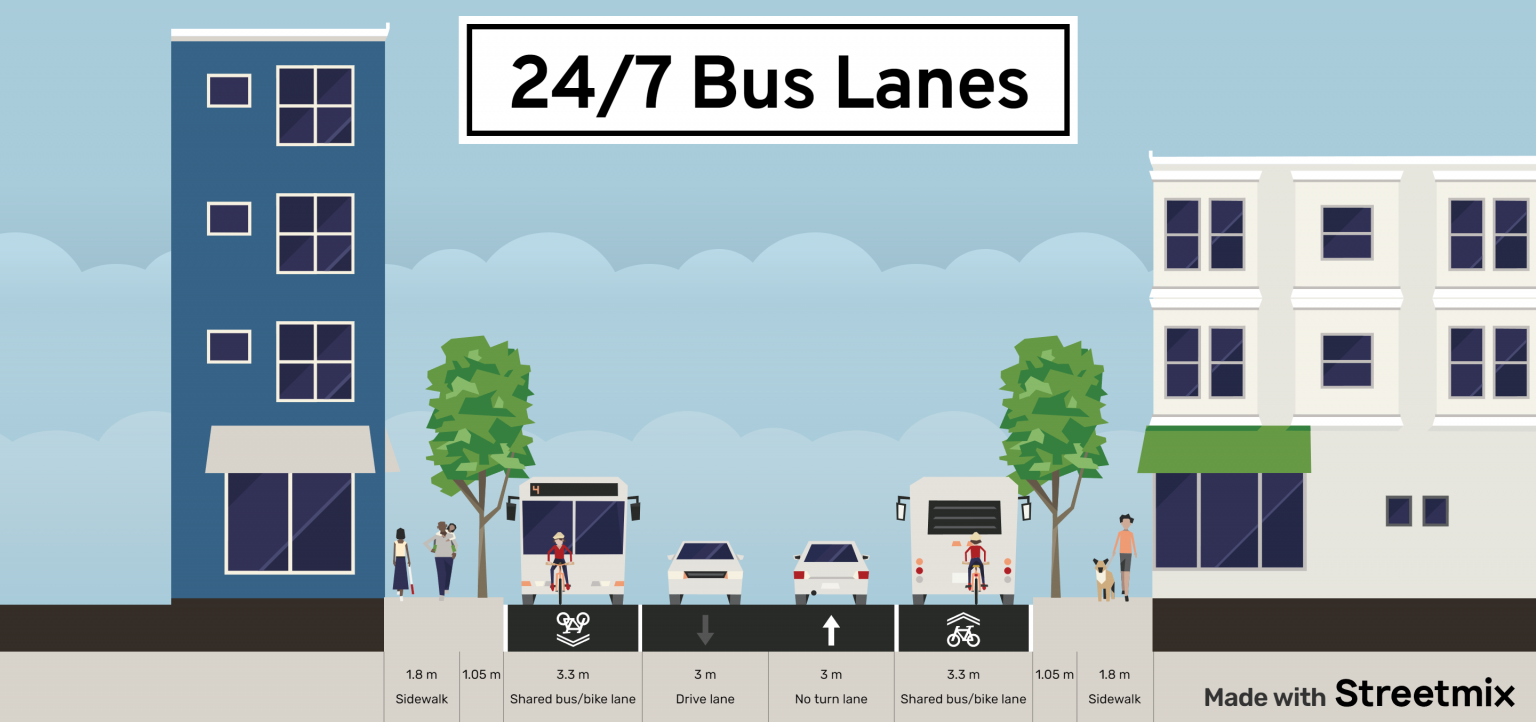
We are proposing a pilot project of permanent, 24/7 bus lanes instead of temporary bus lanes. Temporary lanes lead to confusion and cars being left in the bus lanes when they shouldn’t be, losing the benefits of the bus lane. It also leads to punishing people for making mistakes when signage is not clear.
The 24/7 bus lanes can also be used as a bike lane as there will be times when they are empty, and a moderate speed on a bike can typically stay ahead of a bus that has to stop at most of the spots along the street. This in turn gives us the added benefit of essentially adding a bike lane without having to give up transit dedicated lanes.
Widening sidewalks to provide a pleasant pedestrian experience would be at the top of the list given how narrow it is and how important this area is for shopping. Acknowledging how important of a N-S road Bank is, 24/7 transit lanes allow for more throughput while prioritizing pedestrian safety by encouraging safer modes of transportation.
We believe that perfect is the enemy of good here, and this solution is a quick and effective one. Investment is minimal, and gives us the benefits today while setting us up for the future.
Long Term Vision
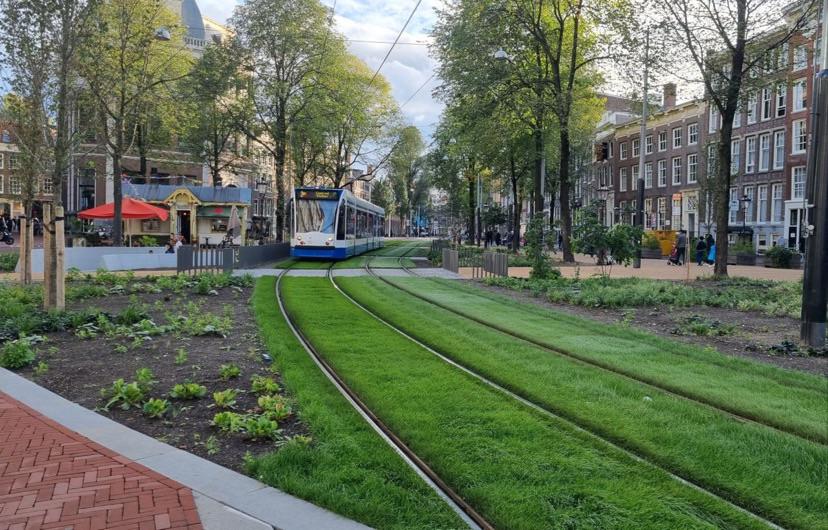
In the long term we would love to see the city try to make this area one that people love spending time in. This would include wider sidewalks which would drastically improve pedestrian experience and would allow for patio space.
Wider sidewalks would also allow for more greenspace in an area that is severely lacking it. Greenspace is important for many reasons, road safety, reduced heat, shading, beauty, and so much more. Looking for inspiration from other beautiful pedestrian promenades and shopping districts a grassy-tram would help add greenspace and increase road capacity and safety!
Here's How You Can Help!
- Sign this petition which we are using to advocate to the city
- E-mail your thoughts to the project manager, Lise Guevremont, at lise.guevremont@ottawa.ca
- Stay updated on the project here
- Join Strong Towns Ottawa and get involved in advocating! We have a Discord and Facebook that you can find us on
- If you are business owner along bank street please advocate within the Glebe BIA and speak with your business neighbours. Walk over and get to know them, ask them how they feel about it
Resources
- Our fact sheet regarding the study and area
- Ottawa Citizen Article covering the protest
- If you're interested in planning your own parking day event refer to My Parking Day which has information on how to do so
- A study from Queen Street West Parkdale in Toronto that shows merchants over-estimating how many people arrive by car to their shops:
- The only people that thought there was inadequate parking in their study was merchants (52%), not shoppers (19%)
- They also found visitors that came outside of a car visited more often, and spent more money on a monthly basis
- A study from Bloor Street in Toronto, which added bike lanes by removing space for cars:
- Safety went up after the introduction of bike lanes, more people showed up outside of cars, and only a small uptick in difficulty finding parking spots
- This study also found people coming outside of a car came more often, and spent more money, vacancy rates fell in places that introduced bike lanes and businesses did better
- A Montreal study that found places with lower levels of parking having fewer vacancies than places that provided more parking
- A study looking at the impact of dedicated bus lanes on traffic showing significant improvements in travel time
- A study from Germany that shows positive impacts on retail when removing on-street parking if there is parking in the surrounding area (which there is in the case of Bank)
- They found on-street parking reduced retail rents nearby and that streets with too much motorized traffic and parked cars led to worse experiences and people not wanting to spend time in the area
- Another study using a simulation showing decrease in delays of buses when on-street parking is turned into bus lanes as well as lowered emissions
- They also found visitors that came outside of a car visited more often, and spent more money on a monthly basis
- The only people that thought there was inadequate parking in their study was merchants (52%), not shoppers (19%)
Data From The City
- The majority of respondents (80%), arrive to Bank outside of a personal vehicle (walking, cycling, transit, etc...), or don't actually stop along Bank
- Only 10% of respondents selected car lanes as "most important."
- 87% of respondents said they would be willing to walk 5 minutes to get to their destination (5 minutes from Second avenue is the majority of the street)
- 67.7% of respondents said they would be willing to walk up to 10 minutes
- 78% of respondents chose options such as bus lanes (33.7%), cycle lanes (21.2%), wider sidewalks (19.2%), or benches and trees (3.8%)
- This leaves a small minority of people who would prioritize lanes for driving or parking cars
As of Nov 12, 2024, the city released a report with the data collected from the survey they did. It can be viewed here. They received about 2800 results from people.
We received the full data set from the city and have broken it down into an easy to digest infographic for you. You can view that here. It is clear based on the nearly 3000 responses that people are eager for better public transportation in the area.
Some highlights include:


